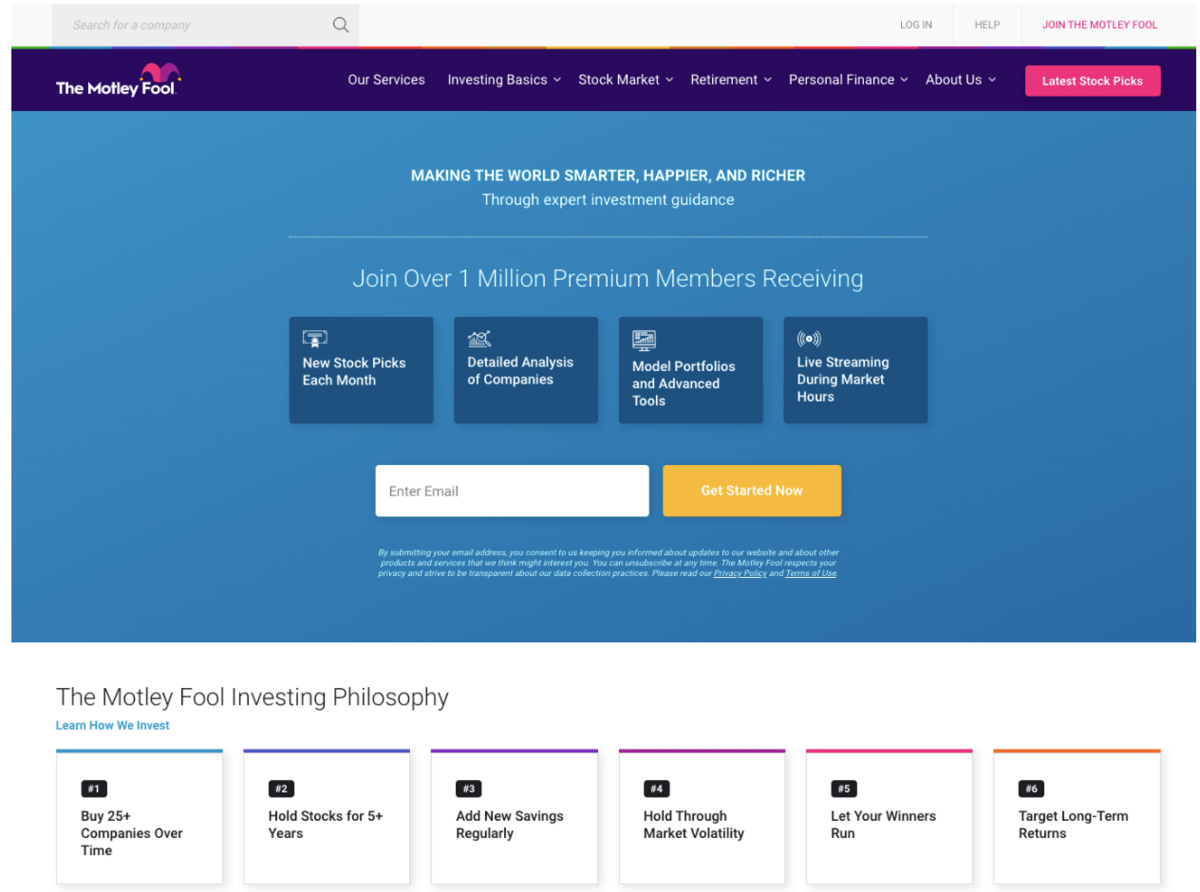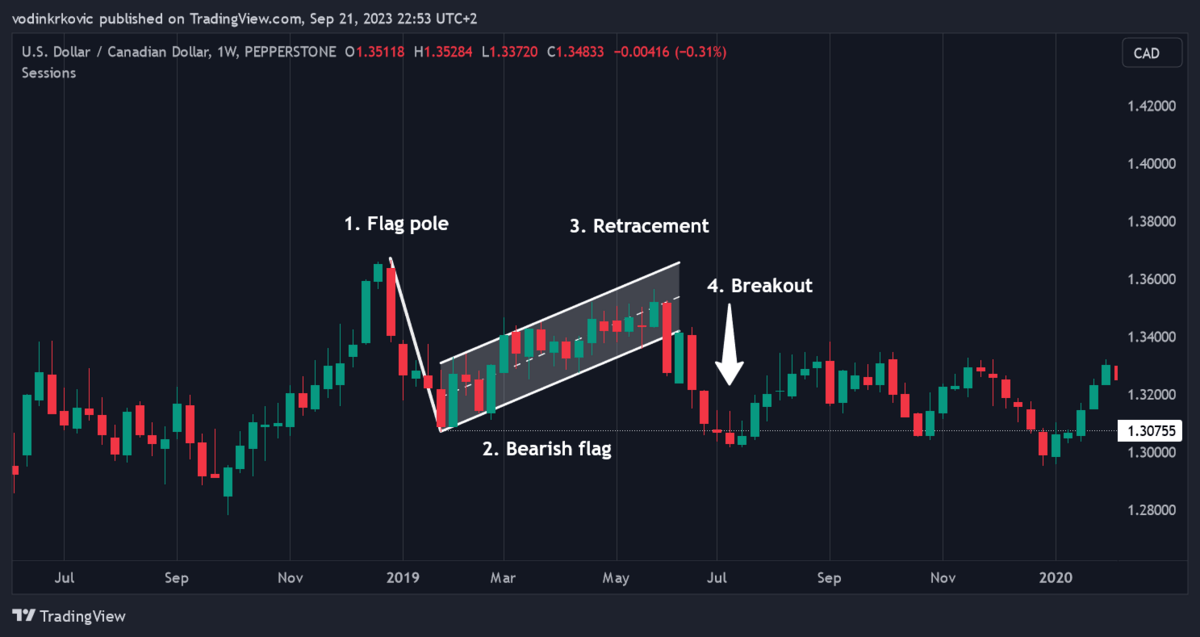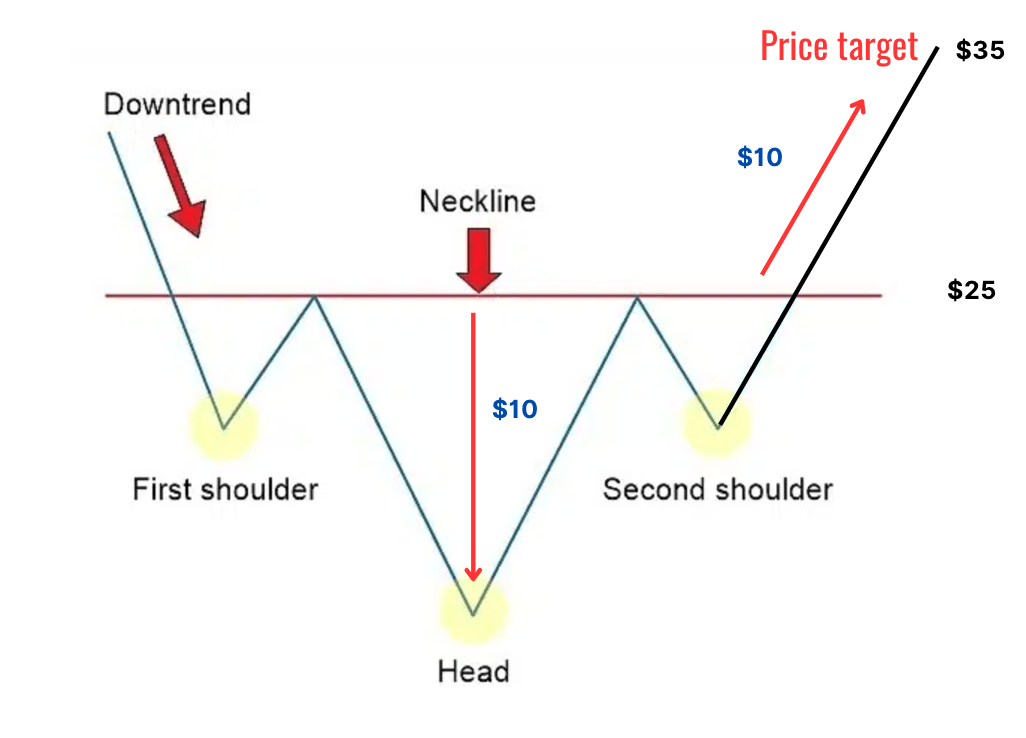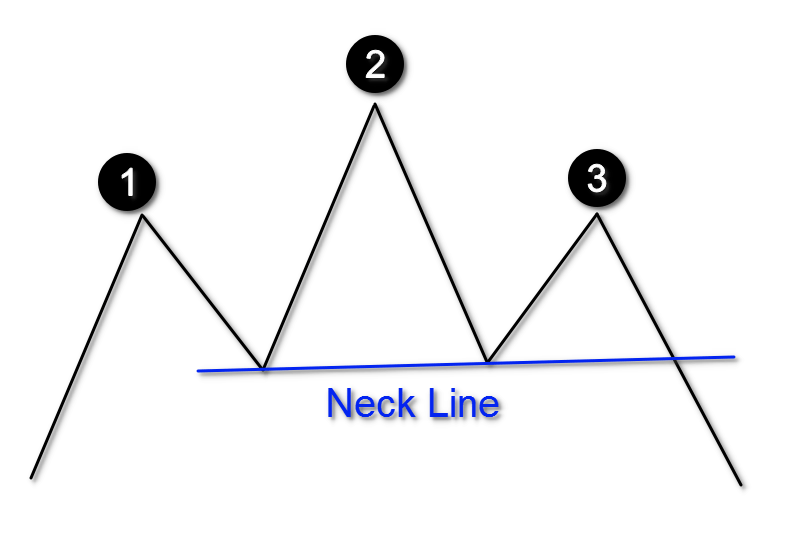It’s not hard to see the appeal of swing trading. First, it doesn’t require a ton of cash — since you hold positions overnight or longer, you don’t have to contend with the Pattern Day Trader rule. Second, though it’s not as fast-paced as day trading, it’s still an active style of trading. In short, it’s a great way to trade actively if you don’t meet the $25,000 margin threshold for day trading.
But swing trading still has its risks, so you need to know what you’re doing if you don’t want to lose all of your hard-earned cash.
Becoming a successful swing trader takes time and effort. One of the most important first steps? Figuring out how to find swing trading stocks.
In this article, you’ll learn the basics of how to find swing trading stocks. We’ll cover common swing trading patterns and strategies and crucial tips for swing trading success.
If you want to be a swing trader, you need a brokerage account.
Our top pick for swing traders? Moomoo.
moomoo couples powerful tools with an extremely friendly user interface, making it an excellent choice for new and veteran traders.
Some of moomoo’s top features include:
- A variety of commission-free assets including stocks, ETFs, and options
- FREE real-time Level 2 Market Data
- A proprietary Earnings Calendar and Earnings Hub
- Plus, tools like paper trading, institutional tracking, heat mapping, and stock screening.
As an added bonus, if you sign up with one of the links in this article, you could get up to 16 free stocks. Hit the button below!
(Note: moomoo also ranks as our best day trading platform in 2023.)
How to Pick Stocks for Swing Trading
Swing trading is like playing a competitive sport — you’re essentially in competition with other traders. And like any sport, there’s no set strategy or formula that’s guaranteed to be a winner.
Ultimately, the key to being a successful swing trader is developing your own strategy, aka your edge, so that you can beat out the competition and make money from the markets.

If you want to know how to find stock for swing trading, don’t depend on others. Many successful traders are secretive about their strategies. After all, if they told you theirs, you could use it against them and render it obsolete.
That said, there are some general concepts and tools (like TradingView for charts) that underlie successful swing trading strategies, and a few broad ways of approaching the markets that can set you in the right direction. We’ll go over them here.

What is Swing Trading?
Swing trading is a short- to medium-term trading strategy. It’s kind of a middle ground between day trading and position trading.
In day trading, you typically buy and sell a stock for a profit (or loss) within the same day. You might hold a position for just a few minutes or hours before closing it out. The goal is to capitalize on intraday price fluctuations.
In position trading, you’ll likely hold positions for long periods of time — think months or even years. Here, the goal is to make money off major, long-term growth and trends in the markets.
Swing trading, however, lies in between these two extremes. Swing traders aim to profit off short- and medium-term trends and typically hold positions for a few days to a few weeks.
For example, say you believe a stock is going to increase in price over the next six months.
As a swing trader, you’d try to capitalize on those fluctuations within the major upward trend. Stocks never go up in a completely straight line — they zigzag. You might buy and sell at each of those zigs and zags.
Unlike day traders, swing traders attempt to profit from market or stock-related trends rather than very short-term stock movements. As such, fundamentals matter. WallStreetZen is loaded with features to help take your stock research to the next level — like Strong Buy recommendations from Top Wall Street Analysts.
Instead of providing direct picks, we built a service that aggregates the research and recommendations from nearly 4,000 Wall Street analysts — then backtests their performance over multiple years.
See for yourself why WallStreetZen’s Top Analysts is our most frequently visited page!
In contrast, a position trader might choose to buy the stock at the beginning of this trend and attempt to sell it at its high point, ignoring the ups and downs that come along the way; a day trader might take a similar approach to a swing trader, but on a shorter time scale.
Generally, day trading is considered the riskiest style, position trading the safest, and swing trading somewhere in between.
Curious about time horizons for swing trading? Check out our article on the best timeframe for swing trading.
How to Find Swing Trading Stocks: What to Look For
Every swing trader will be looking for different things when evaluating a stock. But no matter what your strategy is, you’ll probably want to consider the following criteria when figuring out how to find stock for swing trading:
Liquidity
Liquidity refers to how easily a stock can be bought or sold on the market. If a stock is highly liquid, it means that lots of people are buying and selling it, and it’s changing hands quickly.
That’s important for two reasons.
First, if a stock isn’t very liquid, then you can experience high amounts of price slippage — that’s when there aren’t enough buyers at the price you want to sell at, so you have to sell for less advantageous prices.
Theoretically, if the stock is illiquid enough, you won’t be able to sell at all and can get stuck with a stock no one wants (but this doesn’t happen very often in practice).
Second, the less liquid the stock is, the more impact each purchase or sale will have on the price — including your own. This can lead you to lose money through slippage.
Is it in a leading sector?
Although you can make money through swing trading both by shorting at the top and buying at the bottom, it’s generally a good idea for beginners to start out with long positions only (that means profiting off a rise in price).
If a stock is in a leading sector, it often has a greater likelihood of rising in price. That means that your chances of profit may be higher, and your risk of loss may be mitigated.
In other words, if a company makes an in-demand product, like energy, there’s usually less risk trading that stock than there is trading a stock for a company that makes an unusual product without a solid track record.
Strong performance in the sector
If you’ve found a stock that’s in a leading sector, the next question is: how good is its individual performance? Even the strongest industries have their duds.
There are lots of ways you can judge how well a stock is doing in its sector. For example, you can compare the stock’s performance to the average across the industry.
Ultimately, your unique strategy will serve as your basis for finding top performers. But there is one thing that you should almost always look for:
A clean, clear uptrend
It can’t get much simpler than that. If you plan to go long on a stock, make sure that there’s an obvious uptrend. It’s fine for the stock to zig-zag within that trend (those zigzags will usually serve as your entry and exit points), but you want to ensure that you’re buying a stock that is overall moving upwards.
Not overextended
There’s one caveat when it comes to uptrends: you want to make sure that your stock pick still has room to move further upward.
When stocks make large and fast upward moves, they may be overextended. Just like a runner that overexerts themselves, that means the stock will need to slow down and “catch its breath” before continuing on its run.
Be careful about entering a trade under these conditions — you want to avoid buying in at the top.
Want great swing trading stock ideas? Subscribe to our new (and FREE) newsletter, WallStreetZen Ideas.
You’ll gain access to Top Analyst ratings (normally a premium feature on our site) and much more.
How to Find Swing Trade Stocks: Swing Trading Patterns and Technical Indicators
Swing traders often pick their entries and exits based on chart patterns, such as the bear flag, or ascending triangle.
Whether these patterns actually work is hotly debated — some traders swear by them and others say they’re nothing more than trading astrology.
Either way, it’s good to know them so you can find out for yourself.
Swing traders agree: TradingView is one of the best charting platforms out there.
At its core, TradingView’s greatest appeal lies in its accessibility. It just makes sense. You don’t need to search for things — all of the Indicators, drawing tools, charts, layout customization, hot keys, and tools you need are right in front of you on the intuitive interface.
With TradingView’s charting, you can choose from more than 100 technical indicators and more than 100,000 community-built indicators. There are over 90 drawing tools, 14 chart types, and 20+ time frame configurations.
Furthermore, TradingView offers screeners, customizable alerts, community resources, paper trading, backtesting, heatmaps, broker integration, and real-time news.
But don’t take our word for it. If you click any of the links in this article, you can try any of their plans FREE for 30 days.
Ascending Triangle
The Ascending Triangle is a bullish pattern. Ascending triangles form when the price encounters a resistance that it’s struggling to break through while the lower support forms an upward diagonal trend line. The horizontal resistance combined with the rising support forms a triangle.
This pattern indicates that buyer demand may be steadily rising and could eventually be enough to break through the resistance.

Descending Triangle
The Descending Triangle Pattern is the reverse of the Ascending Triangle. It’s bearish and forms when the price appears to keep bouncing between a horizontal support and a downward resistance trendline.
Theoretically, the Descending Triangle (image source) shows that sellers are gaining momentum and may eventually push the price below the support line.
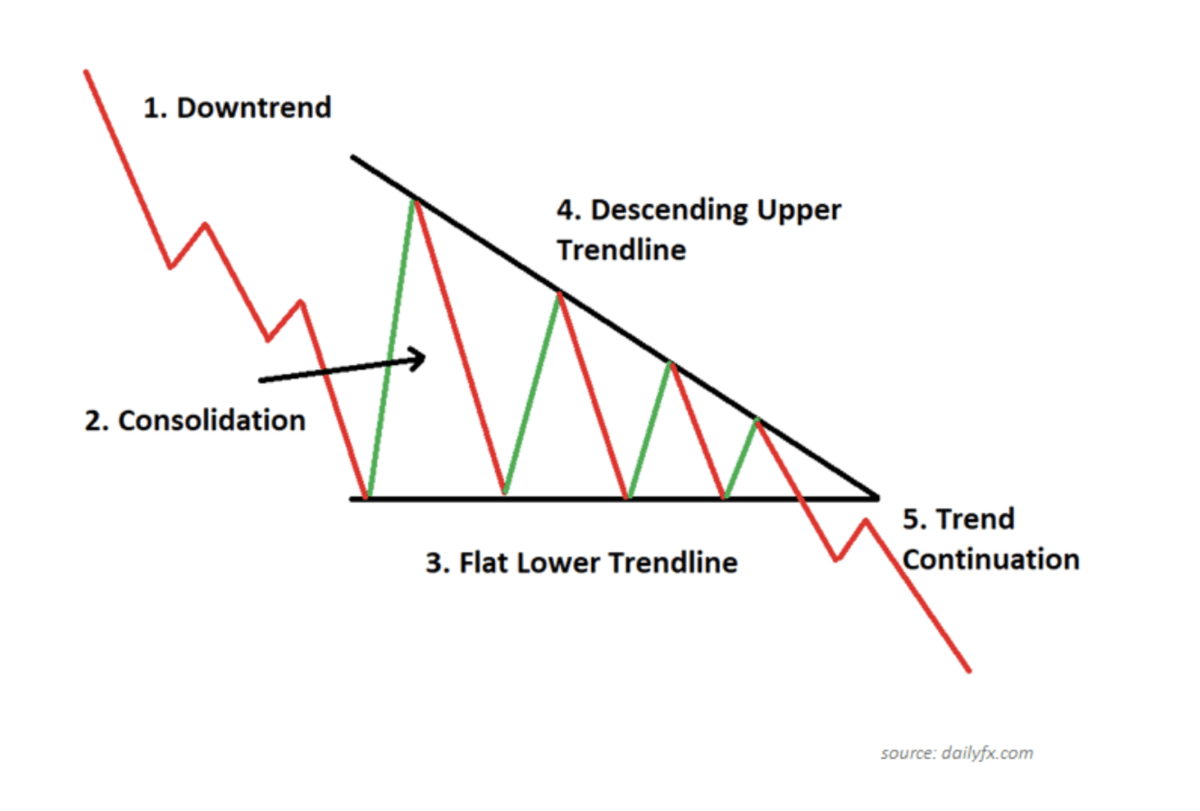
Bearish Flag
The Bearish Flag is a bearish pattern. This pattern forms when there is a sharp move downwards followed by a short consolidation period, during which the price moves meagerly upwards. This forms what looks like an upside-down flag — the downward move is the flagpole pointing down, and the consolidation is the flag.
If you’re basing your strategy on long positions, the bearish flag (image source) can serve as an indication of when not to enter a trade — if the market’s bearish, you don’t want to be entering a bullish position.

Bullish Flag
The Bullish Flag is the exact opposite of the Bearish Flag. It’s characterized by a sharp move upwards followed by a period of small downward consolidation.
The theory behind the Bullish Flag is that stocks can’t go up non-stop — even during an uptrend, they need to take a breather. The Bullish Flag is said to indicate that a stock is taking a short break before continuing its uptrend.

Pennant
The Pennant can be either bullish or bearish depending on what pattern precedes it. The Pennant forms when the price comes out of an upwards or downwards trend and bounces back and forth between two converging upwards and downwards trendlines.
This trading pattern pictured below (image source) is said to indicate that a stock is experiencing a period of consolidation before resuming its previous trend.
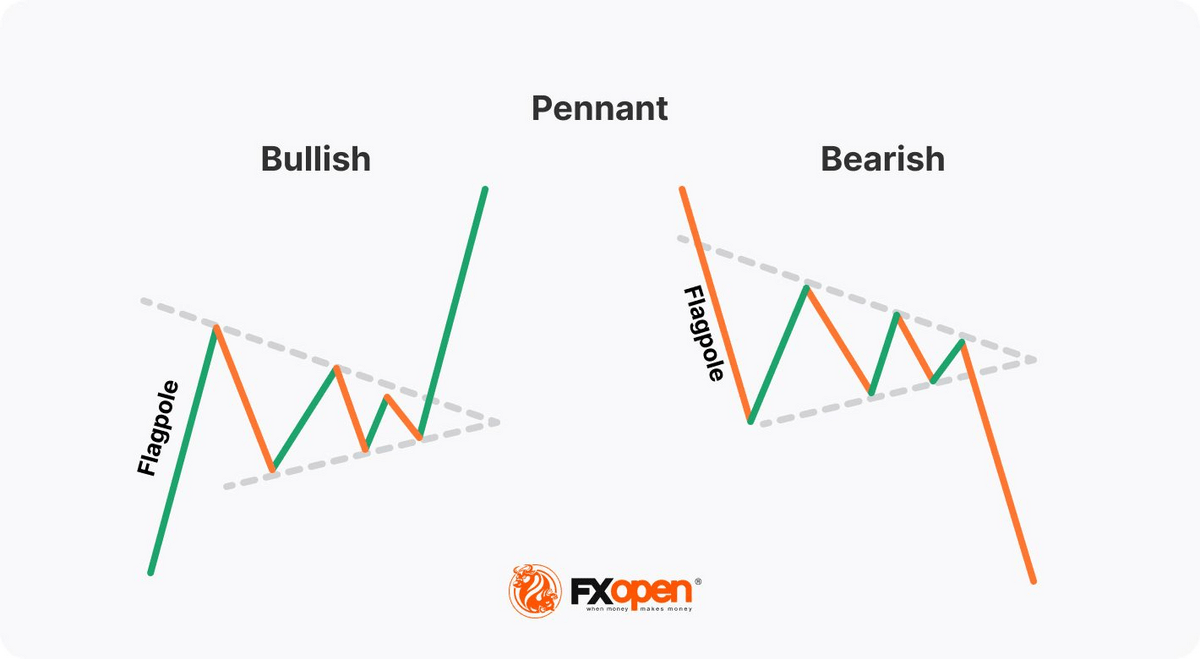
Swing Trading Recommendations
Need help picking stocks to swing trade? Start with these resources:
Seeking Alpha
What it is: Seeking Alpha has a lot to offer for swing traders. Since its 2004 launch, it’s become one of the most popular stock research sites in the world — to the tune of 20 million+ visitors per month. It’s known for high-quality research and high-conviction stock picks.
Who it’s good for: Active, fundamental investors who want thorough research on
nearly every stock out there.
Prices: Many resources are available for free; Seeking Alpha Premium is $239/year; Seeking Alpha PRO is $199.99/month.
Considering Seeking Alpha Premium?
As of April 2025, Seeking Alpha is offering our readers an exclusive 7-day free trial. If you like the service, you can apply a $50 coupon to your subscription.
Motley Fool Stock Advisor
What it is: The Motley Fool Stock Advisor is a monthly stock newsletter from The Motley Fool. As a subscriber, you get two well-researched stock picks each month.
Who it’s good for: The Motley Fool Stock Advisor is aimed at buy-and-hold investors. The philosophy behind it is that you add strong stocks to your portfolio and hold onto them for a long period of time — the company explicitly says you should hold onto the stock picks for at least five years. (Want to know more? Check out our Motley Fool review.)
Price: $199/year / SPECIAL OFFER: Get Stock Advisor for $99 using the links in this post
Benzinga
What it is: Benzinga is a financial news website. In addition to news, it also provides investment advice and stock picks. Benzinga Pro, the company’s paid service, offers real-time streaming news, stock and trade picks, and more.
Who it’s good for: No matter what type of investor or trader you are, Benzinga probably has something to offer. Since it’s primarily a market-related news site, it can fit into practically any strategy. (Want to know more? Check out our comprehensive Benzinga Pro review.)
Price: $0 to $197/month depending on the tier, but you can get started FREE using the links in this post.
Swing Trading and CAN SLIM: Better Together?
CAN SLIM is an investing methodology. In short, the strategy is based on buying stocks that meet the following criteria:
- Current Quarterly Earnings: Company with quarterly earnings increase of at least 25%.
- Annual Earnings Growth: Company with annual earnings increase of at least 25%.
- New Product, Service, Management, or Price High: Company or stock is releasing or achieving something new.
- Supply and Demand: Stock with lots of volume from institutional investors.
- Leader or Laggard: Stock that’s a leader in its sector.
- Institutional Sponsorship: Stock that’s attracting institutional investors.
- Market Direction: Trade with the market’s general trend.
Although CAN SLIM is primarily used by buy-and-hold investors, you can use it to screen stocks for swing trading as well. If a stock meets all the CAN SLIM criteria, it’s likely a strong stock with a lot of upside potential, and swing trading may be able to help you maximize those returns.
How to Find Stocks for Swing Trading: Final Word
There’s no set formula for how to find stock for swing trading. Figuring out your own method for how to pick stocks for swing trading is a key part of becoming a successful swing trader.
That said, the right tools — a brokerage like moomoo, charting software from a platform like TradingView, and well-researched stock tips from the likes of Motley Fool Stock Advisor can help hasten your learning curve.
I’ve given you some resources and strategies above can help you get started, but ultimately, you’ll need to develop your own unique strategy over time.
Moomoo is a financial information and trading app offered by Moomoo Technologies Inc. Securities are offered through Moomoo Financial Inc., Member FINRA/SIPC. The creator is a paid influencer and is not affiliated with Moomoo Financial Inc. (MFI), Moomoo Technologies Inc. (MTI) or any other affiliate. The experiences of the influencer may not be representative of the experiences of other moomoo users. Any comments or opinions provided are their own and not necessarily the views of MFI, MTI or moomoo. Moomoo and its affiliates do not endorse any strategies that may be discussed or promoted herein and are not responsible for any services provided by the influencer. This advertisement is for informational and educational purposes only and is not investment advice or a recommendation of a security or to engage in any investment strategy. Investing involves risk and the potential to lose principal. Investment and financial decisions should be made based on your specific financial needs, objectives, goals, time horizon and risk tolerance. Any images shown are strictly for illustrative purposes. Past performance does not guarantee future results. U.S. residents trading in U.S. securities may trade commission-free using the moomoo app through Moomoo Financial Inc. (MFI). Please see our pricing page for other fees. Level 2 data is free to moomoo users that have an approved MFI brokerage account. Trading during Extended Hours Trading Sessions carries unique risks, such as greater price volatility, lower liquidity, wider bid/ask spreads, and less market visibility, and may not be appropriate for all investors.
FAQs:
What are the best stocks to swing trade?
The best stocks to swing trade will be different for every trader. There are no set criteria that determine whether a stock is good for swing trading. Each trader needs to come up with their own strategy for identifying swing trading stocks.
Is swing trading profitable?
Swing trading can be profitable for some traders. However, many traders lose money. Approach swing trading cautiously.
What is the 1 rule for swing trading?
There is no steadfast rule for swing trading. All traders need to come up with their own strategies to be successful.
Can you make money swing trading stocks?
Yes, it’s possible to make money swing trading stocks. However, many traders end up losing money in the markets. So be careful.
Where to Invest $1,000 Right Now?
Did you know that stocks rated as "Buy" by the Top Analysts in WallStreetZen's database beat the S&P500 by 98.4% last year?
Our April report reveals the 3 "Strong Buy" stocks that market-beating analysts predict will outperform over the next year.

